Mount Gambier
We really loved Mount Gambier. Due to all the past volcanic activity, it has a really unique and picturesque landscape.
Geological and Volcanic History
There’s a great video shown in the art gallery that explains the geological and volcanic history of the area. Here’s a summary: When Australia broke away from Antarctica (then Gondwana) the sea came in and fish and a coral reef formed. The sea eventually retreated leaving a large layer of limestone. Limestone is very porous and the rain fell through causing a subterranean water table. Then, approximately 4,000 – 6,000 years ago, there were a few (3 or 4) volcanic eruptions that were caused by this rift.
These eruptions caused the large rims and steep slopes that you see today and a volcanic feature called ‘Devil’s Punchbowl’. The eruptions also heated up the water in the water table and steam seeped up through the limestone. When this water met the hot lava… kaboom! The large explosion created a ‘maar’ – a crater lake. Four separate maars were created in the area – Blue Lake, Valley Lake, Leg of Mutton lake and Browne Lake. (Actually, 2 separate maar explosions occurred to create the Blue Lake). Today, two of the lakes have dried up, but Blue Lake and Valley Lake still exist. If you’re interested, you can read more about it here. And here’s a sign that explains the creation from the Blue Lake lookout (sorry it’s shaky – I didn’t keep my hand still!):

Downtown
The city of Mount Gambier is built next to these two lakes and above a vast cave system. The town also has several sinkholes and caves. Here are some photos of one of the sinkholes next door to the art gallery smack downtown:
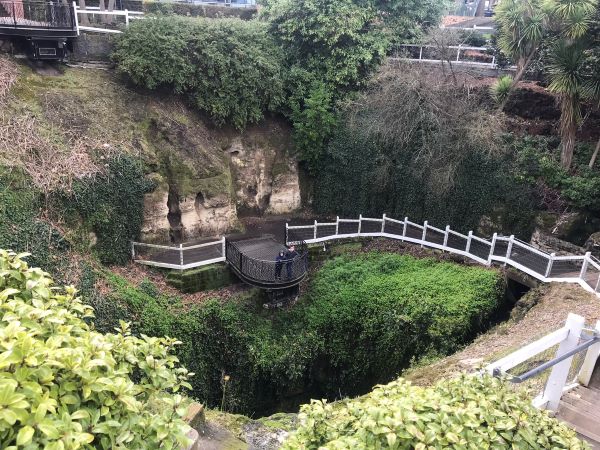
The town has lots of pretty old buildings. Here are some photos of the buildings in town:

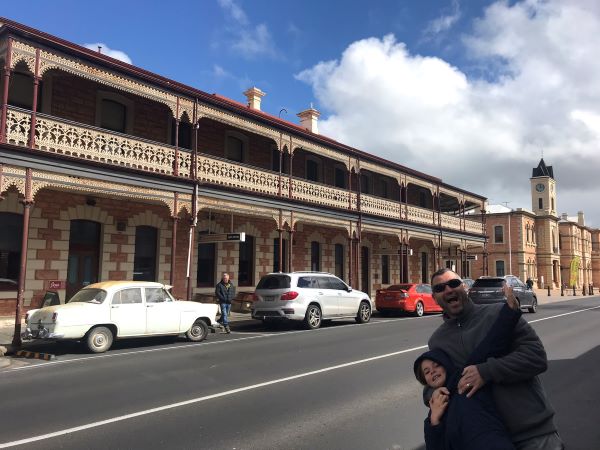
Englebrecht Cave
Right around the corner from the art gallery (and still downtown) is the entrance to a large cave system. For many years in the 1800s- 1900s, it was used as a dump. In the 1990s they removed all the garbage and found two cave entrances. Cave divers are still mapping the cave system and it is a popular cave diving location with around 100 cave divers per year visiting. It’s crazy to think that there is a whole cave system under the city and the guides told us that sinkholes appear regularly around town!
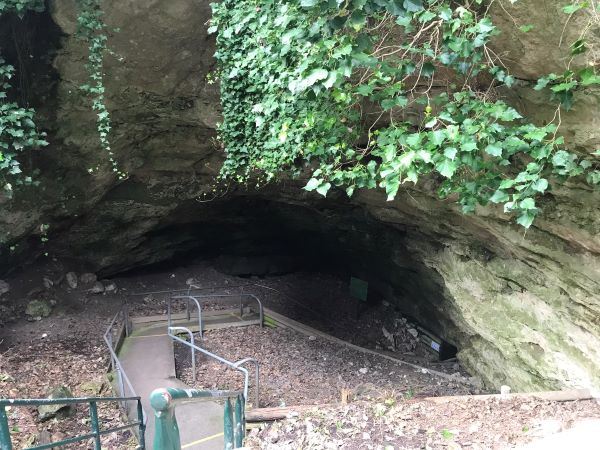
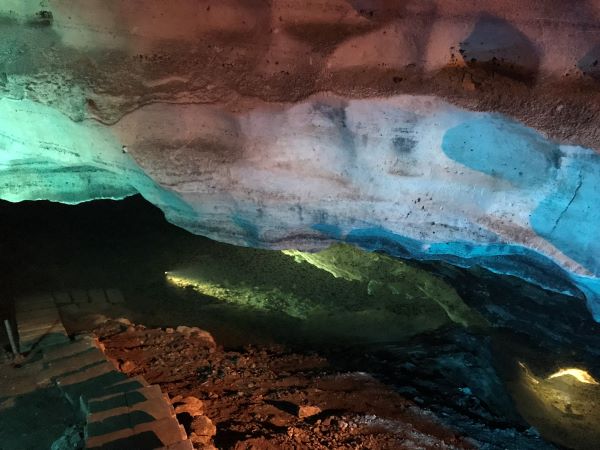


Umpherston Cave
This sinkhole and cave are also right in town. They turned this sinkhole into a garden. Since it was winter when we visited, the flowers were not in bloom, but I imagine it would be amazing in the summer. Unfortunately, it is right next door to a lumber mill and there was a terrible smell in the air – we wore face masks to block the smell!




Volcanic Area
Blue Lake
Blue Lake is one of the main attractions in Mt. Gambier. In the month of November, it turns a stunning blue (unfortunately, we were there in August!). This is also where the city’s drinking water comes from (you can see the old pumping station on the left of the photo below.

Valley Lake
Across the road from the Blue Lake, you enter the valley lake area and the Devil’s Punchbowl. This is also where the other two dried-up maars are located. I think this aerial view that I found on this website shows it best (the blue lake is the larger one in the foreground and the valley lack is the smaller one behind):

Here are some photos of Valley Lake:


Down in the valley near the lake, there was an excellent playground and we could see the Devil’s Punchbowl feature and steep slopes leading up to the Centenary tower on top.

We decided to take a walk up to the tower. The walk was very steep (see the photo below of our son walking up), but the views were incredible!






Robe and Coastal Drive
One day we decided to drive west along the coast to visit the old port town of Robe. There were some nice ocean views along the way:


We stopped for lunch at the lovely tourist town of Beachport:
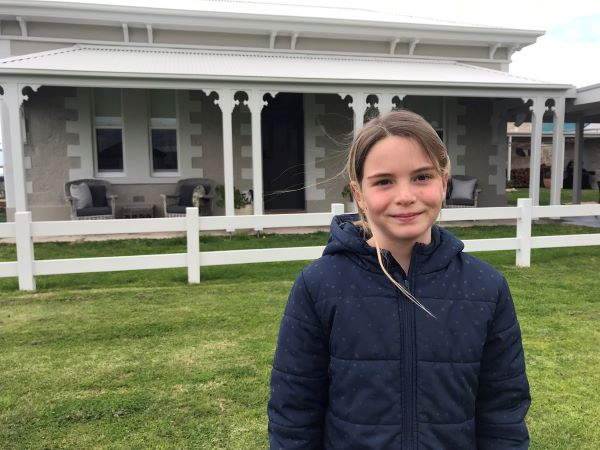

Robe is one of the oldest ports in South Australia and was a stopping point for people going from Europe to the Victorian goldfields in the 1800s. The town is filled with beautiful historical buildings.
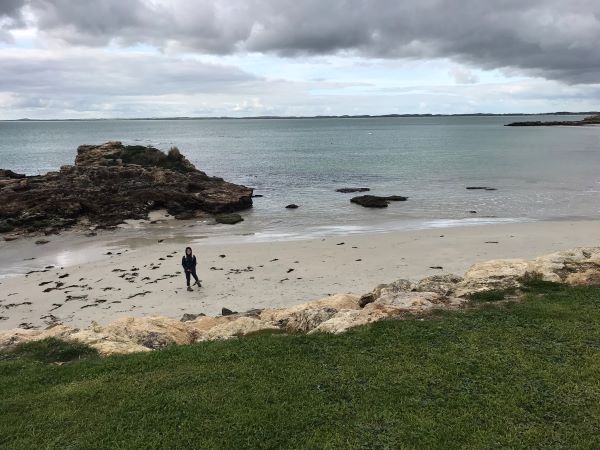
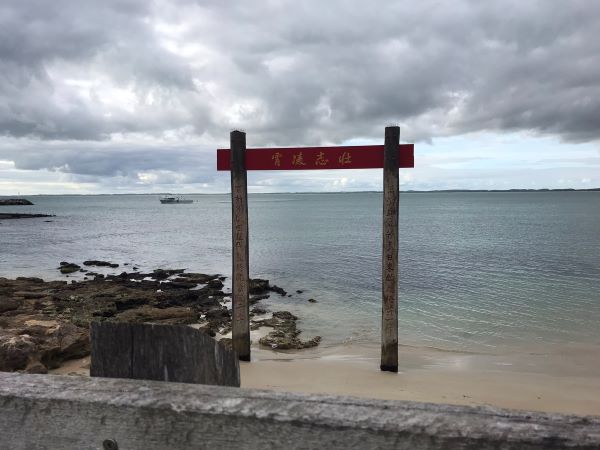




It rained the last few days we were in Mount Gambier. As a result, on the day we were leaving, our campsite was covered in snails. I’ll leave you with this beautiful snail photo our son took:
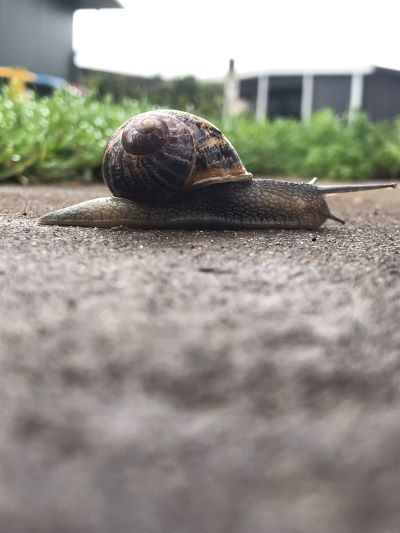
Discover more from Kids Travel World
Subscribe to get the latest posts sent to your email.

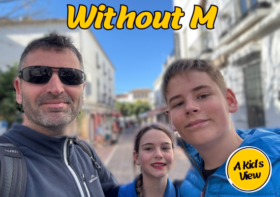


Leave a Reply